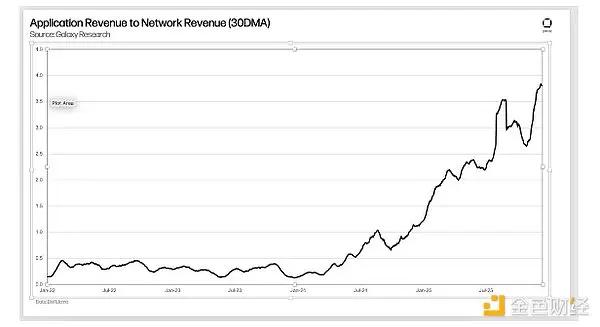The classic script of the crypto market used to be: Bitcoin surges first, then Altcoins take turns rallying.
The bull markets in 2017 and 2021 both validated this pattern. Bitcoin became the "bridgehead" for capital, attracting a large influx of funds, which then flowed into Altcoins, driving the prosperity of the entire market.
However, this model seems to have become ineffective by 2025.
ETF capital locked up, liquidity dries up
- Institutionalization effect: ETF capital is not for speculation, but for long-term holding. This has led to a significant decline in market liquidity, depriving Altcoins of the opportunity to rotate.
- Data comparison: In 2021, the total market cap of Altcoins accounted for 38.7% of the crypto market, while by 2025 this proportion had dropped to 14.2%.
The proliferation and dilution of Altcoins
The number of Altcoins in the market has surged from a few thousand in 2021 to 12 million in 2025 (including long-tail tokens and MEME coins). The proliferation of tokens has diluted the market, making it difficult for quality projects to stand out, while low-quality projects have flooded the market.
In 2021, the Binance platform had only 300 tokens, while now CoinMarketCap tracks more than 12 million tokens. Such massive growth has not brought innovation, but rather is filled with "junk tokens".
Many retail investors have suffered heavy losses in MEME tokens in the Solana ecosystem and opaque Telegram trades, and the outflow of funds has made it essentially impossible for them to recover.
MicroStrategy, the new "Altcoin" for institutions
In the crypto market of 2025, the behavior pattern of institutional investors has undergone a fundamental change. They no longer rely on Altcoins to pursue high returns, but instead choose to leverage Bitcoin.
MicroStrategy (MSTR) has become the "new Altcoin" for institutional investors. By issuing bonds to buy Bitcoin and then using Bitcoin as collateral for financing, MicroStrategy provides institutions with a low-risk, high-leverage investment approach.
MicroStrategy currently holds over 300,000 Bitcoins, with an average purchase price of around $13,900, while the current price of Bitcoin is much higher than this level. In contrast, institutions do not need to take the risk of investing in Altcoins, as they can indirectly hold Bitcoin and enjoy the leverage returns through MicroStrategy's stock.
Institutions' preference for MicroStrategy further compresses the survival space of Altcoins.
The "clearing" of the Altcoin market is accelerating. With the withdrawal of institutional capital and the depletion of retail capital, many projects have become "neglected".
The large number of MEME tokens on the Solana ecosystem have become a "hot potato" game, with most retail investors becoming the "bag holders" in the end.
New survival rules under the PVP mode
As the traditional "buy-hold-wait for rotation" investment logic becomes ineffective, the crypto market has entered a new "player-versus-player" (PVP) stage. In this stage, only those who are the first to discover the trend can profit, while the majority become the "exit liquidity".
The cyclical investment strategy of the past - "buy Altcoins and wait for the bull market rotation" - has become ineffective.
Now the market has become more ruthless: if you are not among the first to enter a certain trend, you are likely to become the "exit liquidity" for other players.
Binance founder CZ once said that if 99% of traders choose to hold Bitcoin, their returns will be far higher than speculating on Altcoins.
Although most Altcoins have lost their value, a few quality projects may still have the potential to rise in the future.
When the price of Bitcoin experiences a significant increase, market capital may still flow to a small number of quality projects, but this is more like a "selective market" rather than a comprehensive "Altcoin season".
The question is not "whether there will be opportunities", but "when the opportunities will come".
Although the current market environment is extremely unfavorable for Altcoins, this does not mean that they have no future at all. A few truly valuable projects may survive the "big waves washing away the sand" and occupy a place in the future market.
Characteristics of quality projects: having real-world application scenarios (such as DeFi protocols), strong community support, and long-term technical accumulation.
Bitcoin's dominance will further strengthen. With the proliferation of ETFs and the continuous inflow of institutional capital, Bitcoin may become a "digital gold" asset, and its volatility will gradually decrease.
The crypto market in 2025 is undergoing profound changes.
The old rotation logic has become ineffective, and new rules are being established. In this process, most projects will be eliminated, while a few quality projects will have new opportunities. For investors, understanding the new rules of the market and avoiding becoming the "exit liquidity" is the key to future success.







